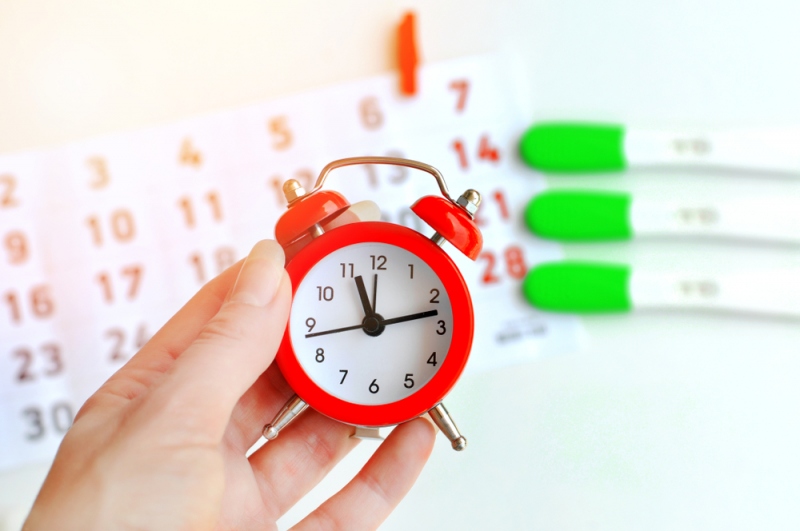Getting pregnant is rarely as simple as you would like it to be. For all the effort that goes into avoiding pregnancy when you’re not ready for it, when the time comes for you to start a family, you might find yourself wondering why you bothered.
Today were taking a look at one of the major challenges of conception: working out just when you are fertile, so you can give yourself the best chance of getting pregnant when you want to.
The Ovulation Cycle
If you’re getting interested in fertility, ovulation has to be your first port of call. Ovulation is the keystone of your menstrual cycle, the event that your whole body is preparing for, and then reacting to at every other stage.
If you have a very regular cycle, then it’s easy to know when you’re ovulating. You simply need to count the days from the beginning of your period and you know where you are in cycle at any one time. If your cycle is less than regular, either simply because this is how your body works, or due to a condition like Polycystic Ovary Syndrome, then identifying this part of your cycle is even more important. If you ovulate less frequently, you have less chances overall to get pregnant!
Pregnancy can only happen when active sperm meet a fertile egg, and since an egg remains fertile for no more than 24 hours after ovulation, you need to know when it’s due to maximise your chances of pregnancy.
Identifying Ovulation
Ovulation predictor kits (known as OPKs) are fast and convenient, but they’re of limited use. If there’s any kind of hormone disruption affecting your cycle, they throw off the accuracy of an OPK to the extent that it’s useless.
A better way to identify and predict ovulation is to measure your Basal Body Temperature. This is the low temperature your body falls to during a long period of rest – such as when you sleep overnight. Measuring this temperature – first thing in the morning, as soon as you wake up, before you even move to prevent that low temperature being distorted – and plotting the data on a graph (or more simply, using an app) will show you a pattern. A drop followed by a three day rise is an indicatory for ovulation, as you become more familiar with this pattern you will be able to use it not just to identify ovulation, but to predict it and make sure you’re getting the best chance of getting pregnant!
